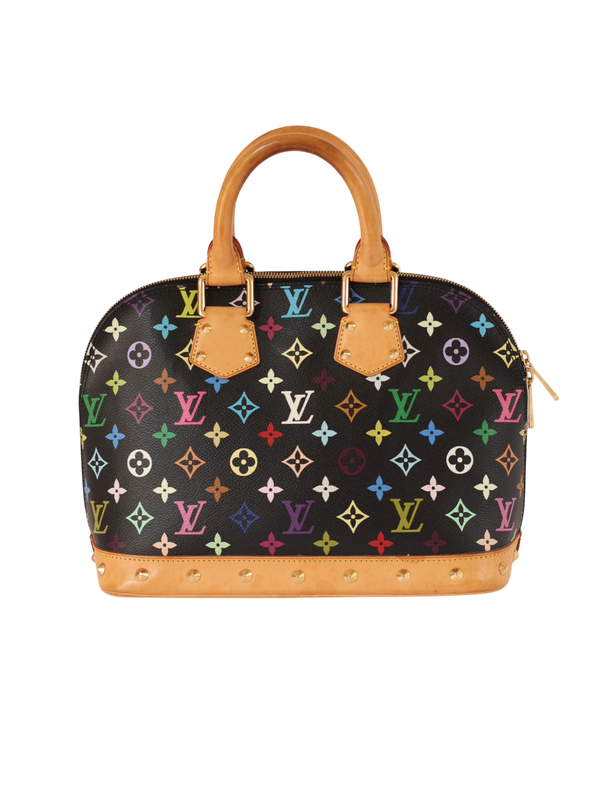The New Vintage Drop Is Live
Louis Vuitton Alma Murakami: When Fashion Became Art
Picture this: It's 2003, and Louis Vuitton has just done something unthinkable. The 150-year-old French maison, synonymous with understated elegance and whispered luxury, has unleashed a rainbow explosion across their signature brown monogram. The result? Pure chaos. The good kind.
In Paris, the collection sold out within hours. In New York, desperate shoppers added their names to a 7,000-name waiting list. On eBay, resellers were commanding twice the roughly $2,000 that Vuitton stores were charging. This became a cultural earthquake that generated over $300 million in sales in year 1 alone.
Behind this seismic shift stood Marc Jacobs, the newly-appointed creative director who refused to play it safe, and Takashi Murakami, the Japanese artist whose candy-colored universe was about to collide with centuries of French craftsmanship. Together, they created an entirely new language for luxury.
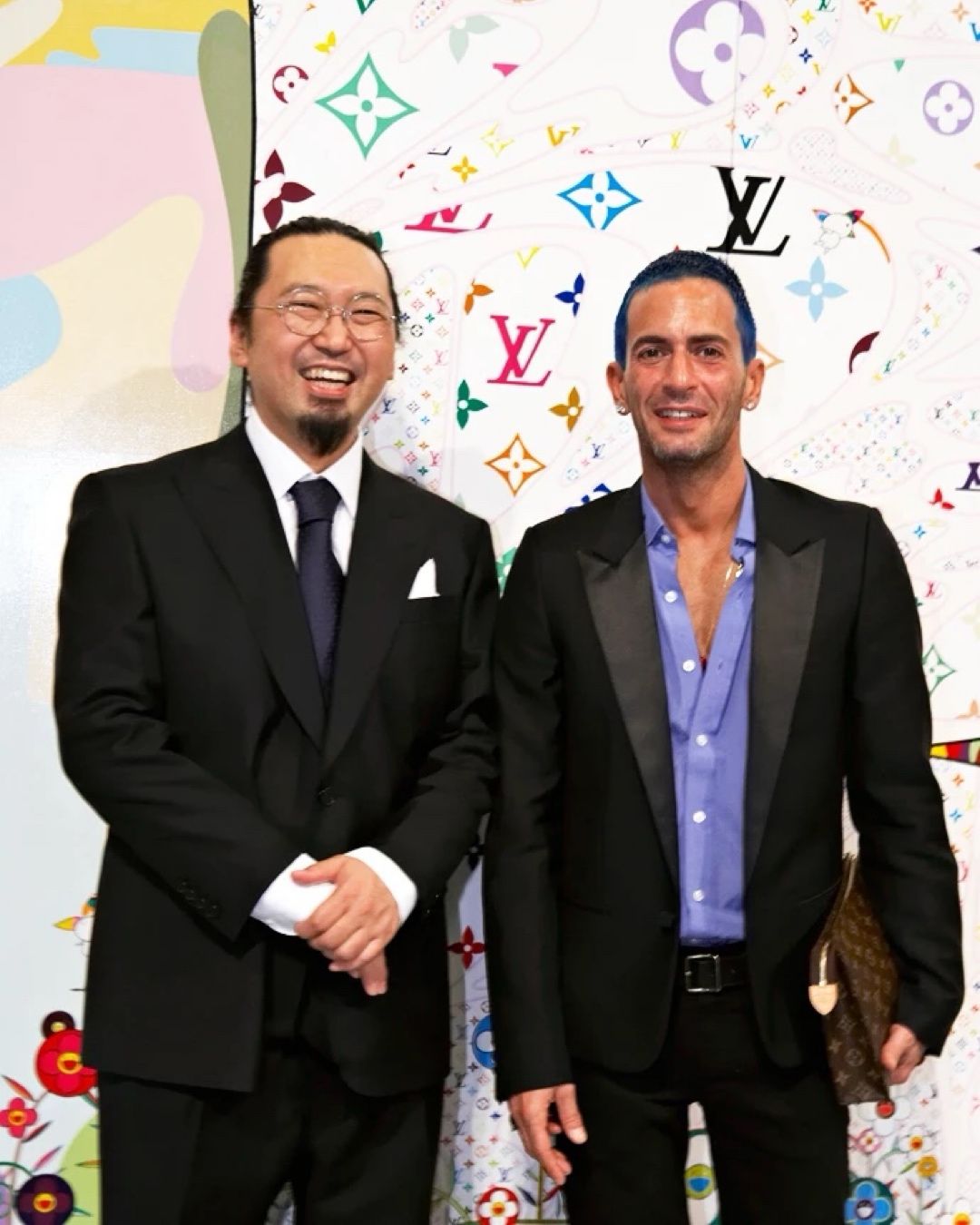 |
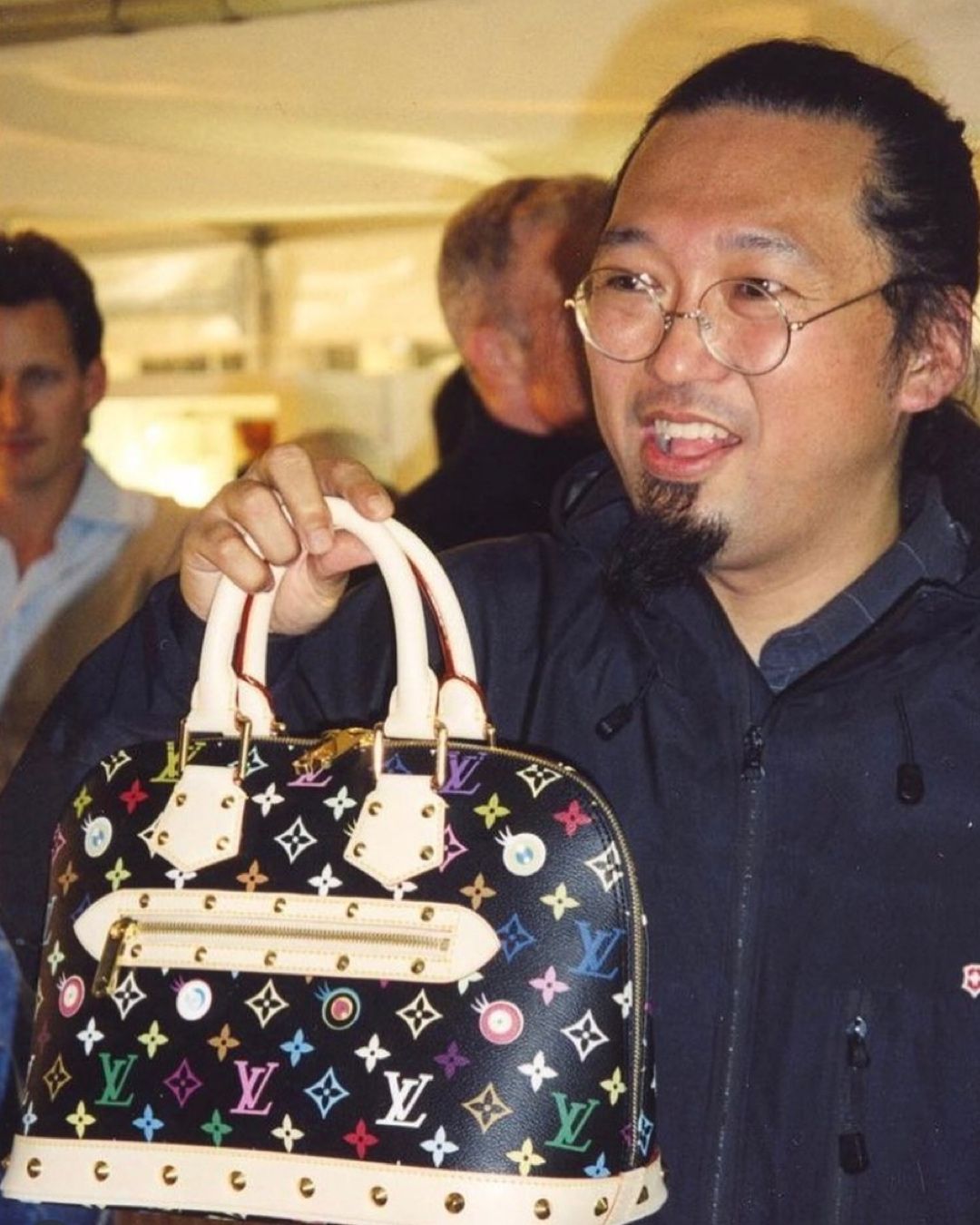 |
When Art Crashes Into Heritage
The Louis Vuitton Alma was created in 1934 by Gaston-Louis Vuitton, making it the second handbag by Louis Vuitton, after the Speedy. For nearly 70 years, it embodied Parisian sophistication with its structured dome silhouette, named after the elegant Alma Bridge that spans the Seine.
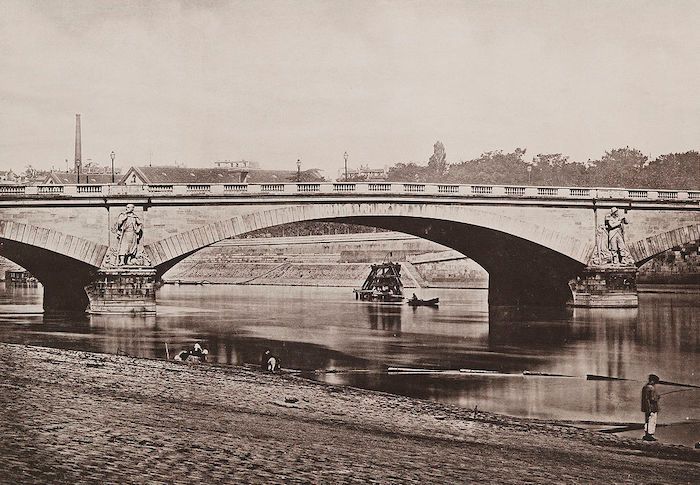 |
Then came Murakami's Multicolore Monogram, a kaleidoscope of 33 different colors dancing across the classic LV pattern. The Alma's timeless architecture suddenly pulsed with Tokyo's neon energy, while maintaining every detail that made it legendary: the buttery vachetta leather trim, the gleaming gold hardware, the satisfying click of its dual zippers.
It was heritage meeting rebellion, and the world couldn't get enough.
The Numbers Tell the Story
The cultural impact was immediate and measurable. Travis Scott carried them, Kim Kardashian gifted them, and Ariana Grande featured them in hit music videos. Paris Hilton, Naomi Campbell, Jessica Simpson, and Madonna all had Murakami bags, turning luxury accessories into pop culture statements.
The collaboration ran for over a decade, proving that this wasn't a fleeting trend but a fundamental shift in how luxury brands could speak to a new generation. When Louis Vuitton finally discontinued the line in 2015, they had created something unprecedented: a luxury product that was simultaneously exclusive and universally desired.
Why This Bag Is More Valuable Than Ever
Today, finding an authentic Multicolore Alma in excellent condition is like discovering a perfectly preserved piece of fashion history. The bags have transformed from accessories into investments, with collectors hunting for pristine examples that tell the story of when luxury fashion learned to speak in rainbow colors.
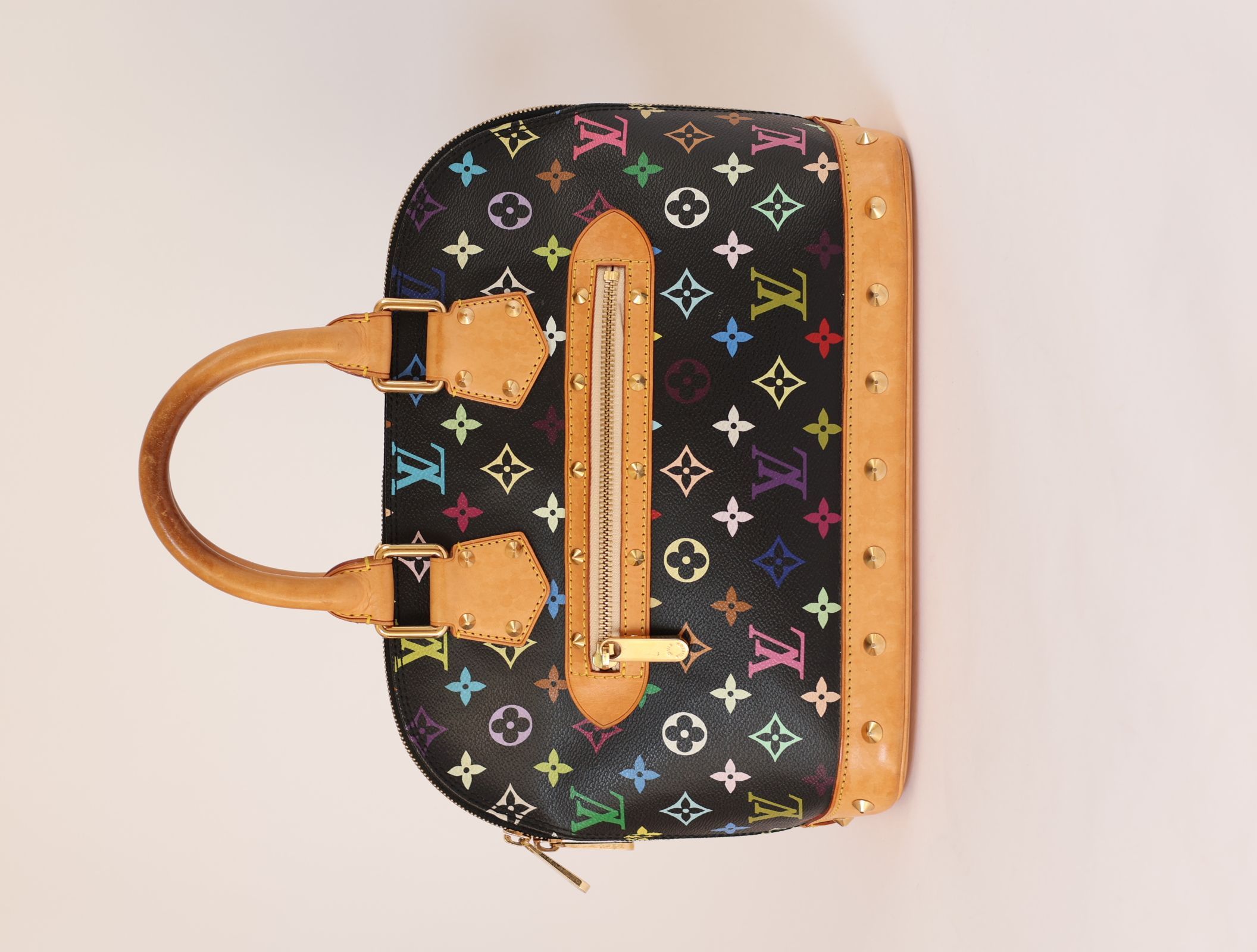 |
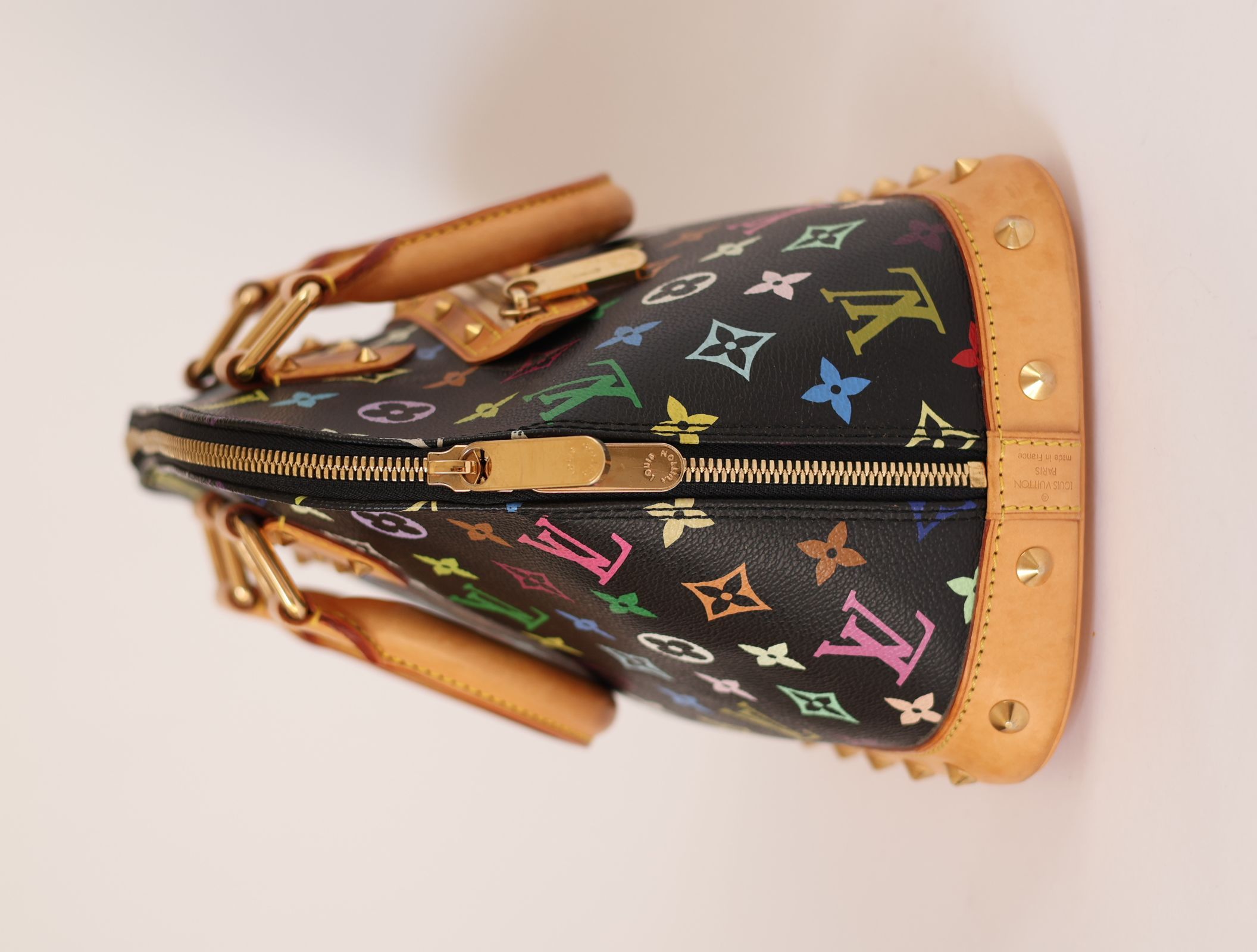 |
Owning a Multicolore Alma means owning the moment when everything changed. The project remains the gold standard for art-fashion alliances, paving the way for every Supreme drop, every Kusama collaboration, every time a luxury brand dares to color outside the lines.
The Poetro Difference
At Poetro, we understand that finding a vintage Multicolore Alma requires more than shopping. It's treasure hunting. Every piece in our collection has been meticulously authenticated, professionally restored, and lovingly preserved. We curate design legends and give them new life.
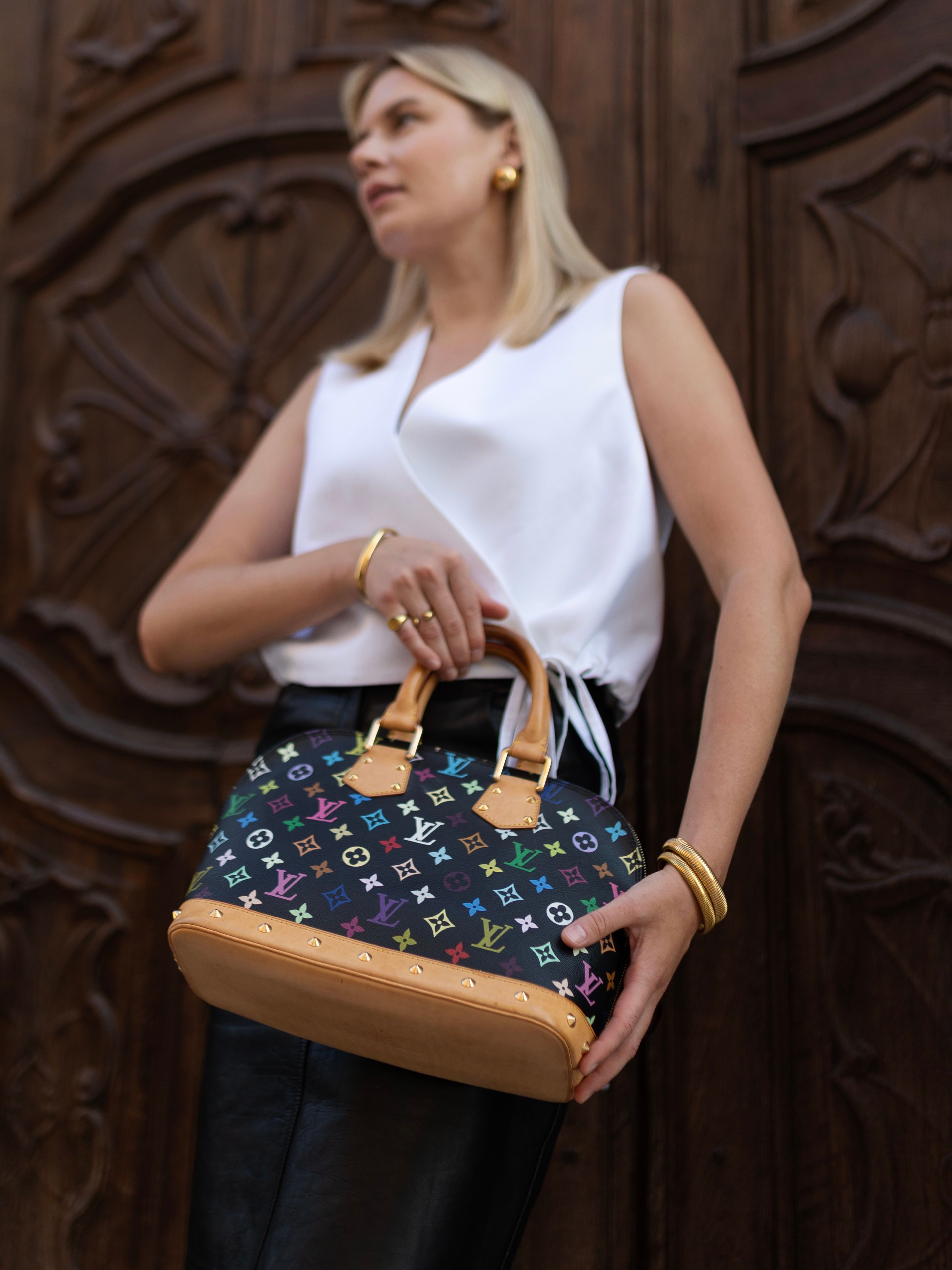 |
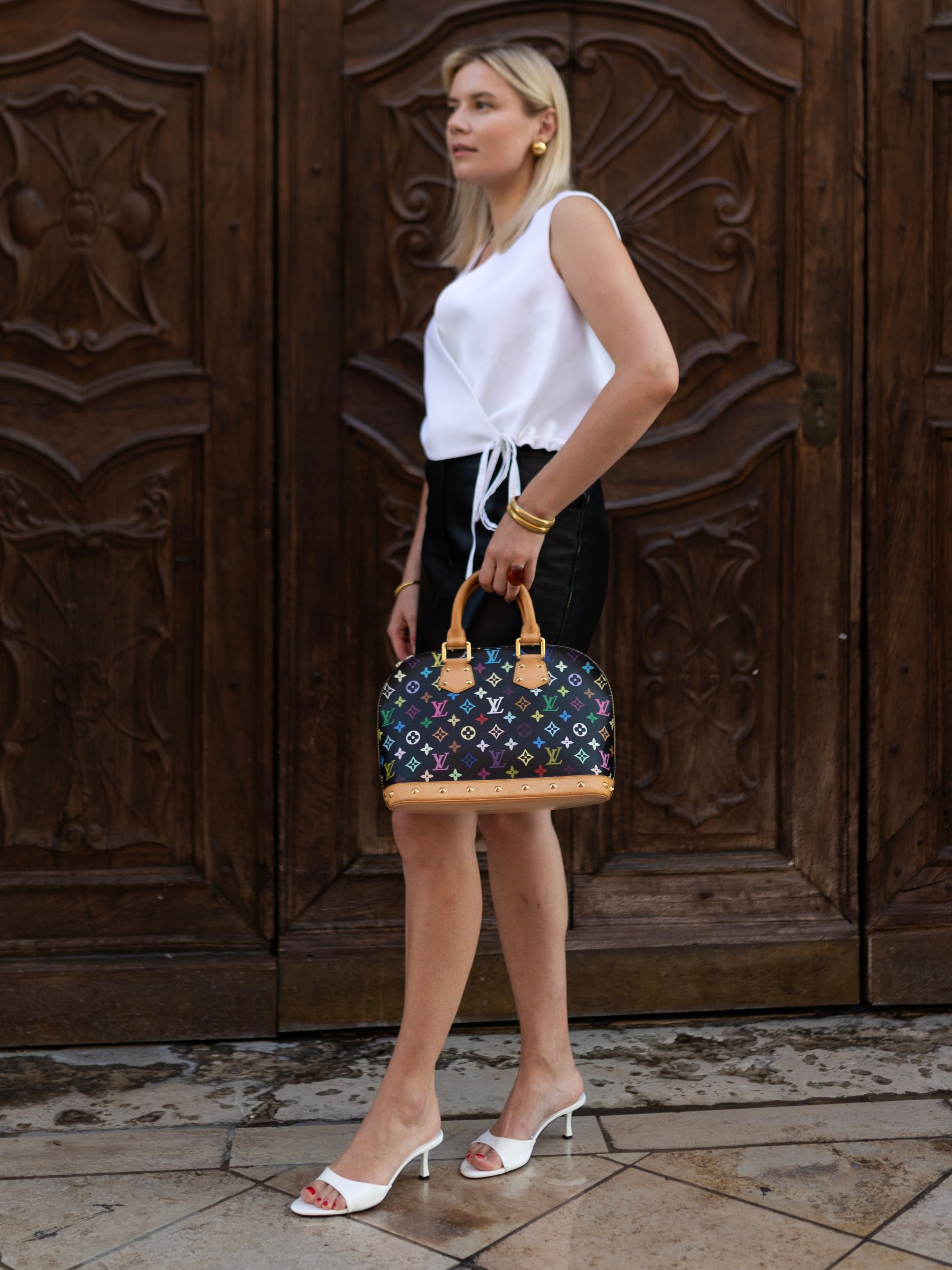 |
This particular Alma bears the gentle patina that comes only with time, not wear, but the natural aging that makes vachette leather more beautiful with each passing year. It's been carefully cleaned, conditioned, and prepared for its next chapter.
There's only one in our collection. In the vintage luxury market, that's not a sales tactic but simply reality. Pieces like this don't come along often, and when they do, they don't stay long.
The question here is simple: are you ready to own a piece of the moment that changed fashion forever?
Refine by
Display prices in:EUR
